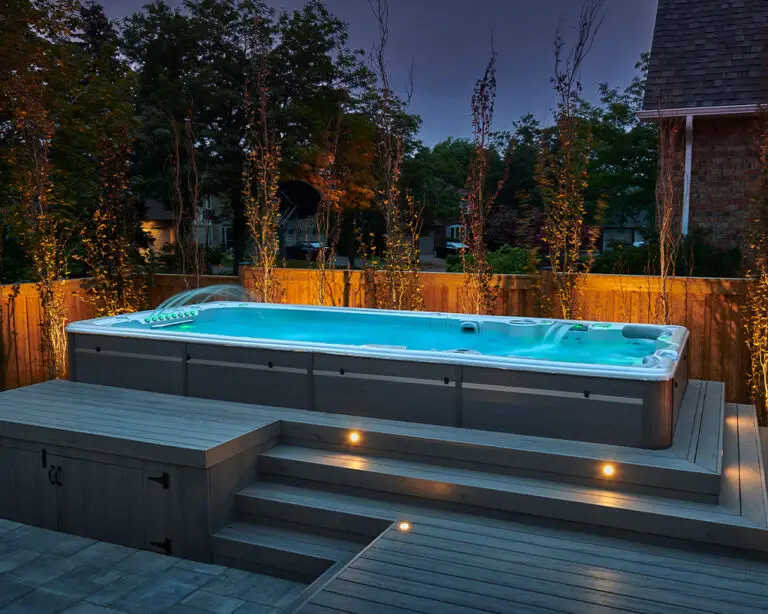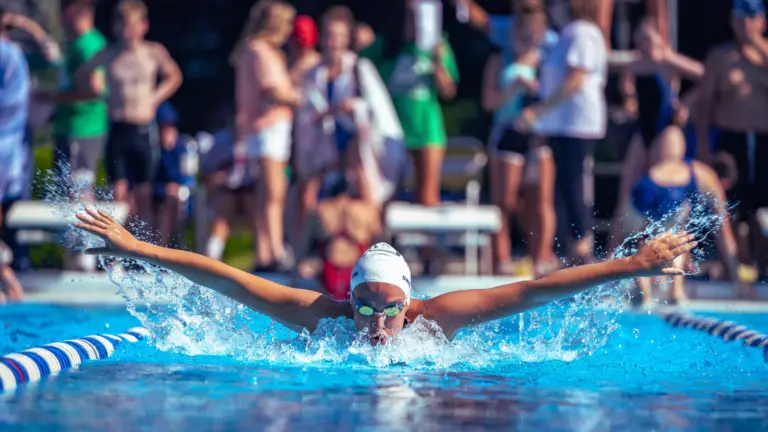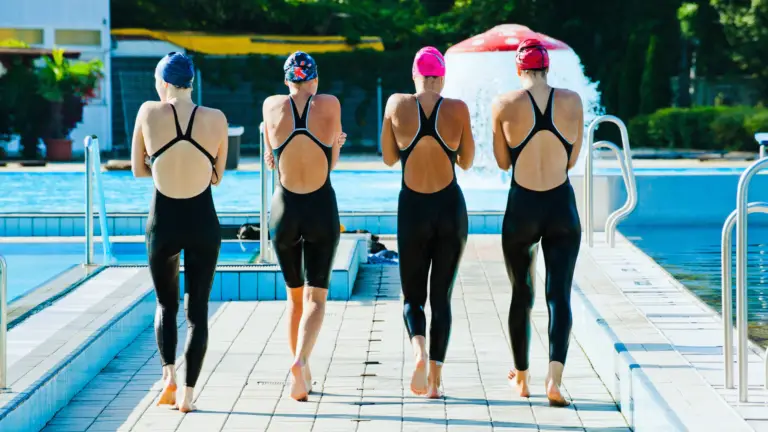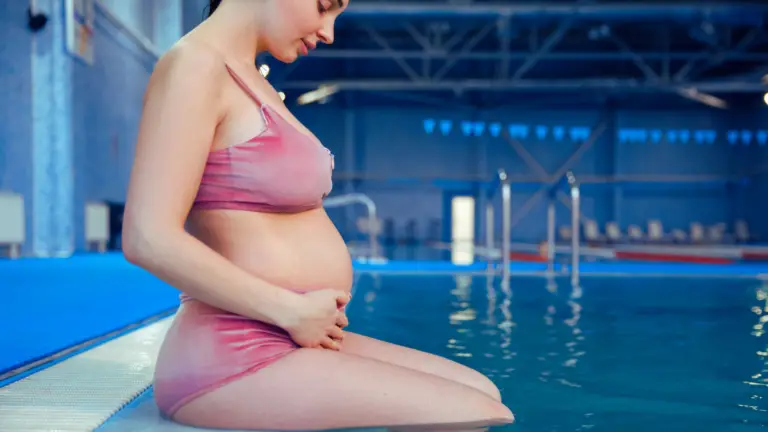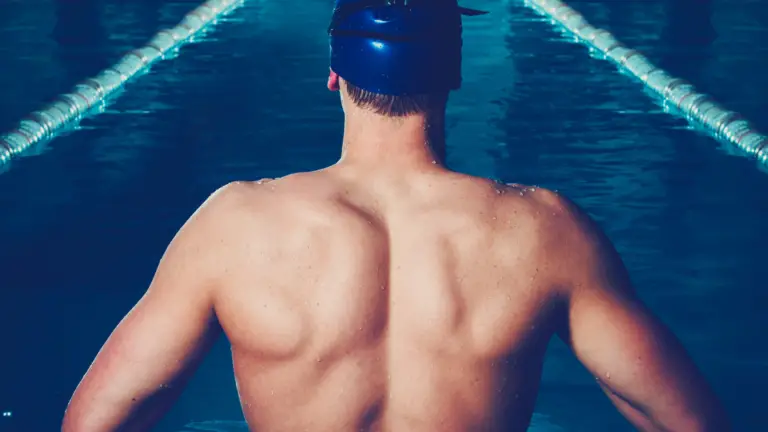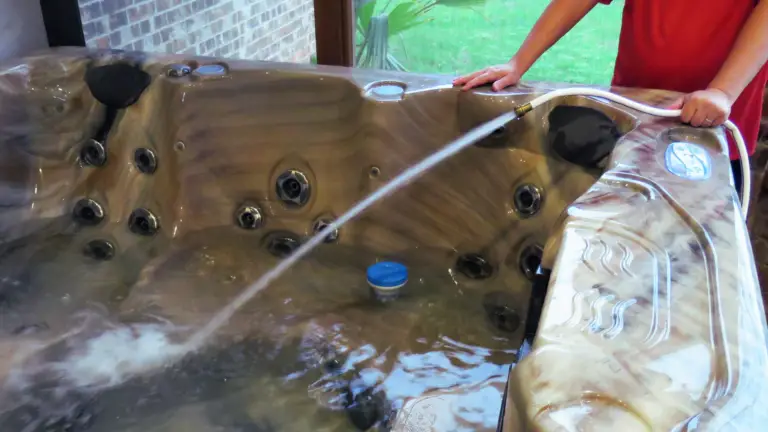Swimming can be a fun-filled activity for people of all ages and abilities. It is a perfect way to cool off during summer and also a great form of exercise. If you like swimming, then wearing swim goggles is essential to protect your eyes from chlorine, sun rays, and various other irritants that may come in contact with your eyes.
However, wearing swimming goggles can be a little bit tricky, especially for beginners. A good pair of swim goggles should fit comfortably without leaving any gaps and should not create any pressure points around the eye.
In this article, we will take you through the essential steps for how to wear swim goggles and get the most out of your swim experience. From picking the right style of goggles to adjusting them for the perfect fit, we have got you covered.
So, let’s dive in and learn how to properly wear swim goggles.
The Importance of Wearing Swim Goggles
Swimming is an amazing sport that combines cardiovascular health, endurance, and strength training. Whether you are a professional swimmer or a beginner looking to improve your skills, wearing swim goggles is essential for both safety and performance. Firstly, let’s talk about safety.
Water can be dangerous if you don’t take the proper precautions. Chlorine levels in pools can cause eye irritation and redness, while saltwater can lead to stinging eyes or even temporary blindness.
Wearing swim goggles not only prevents these painful sensations but also protects your eyes from harmful UV rays in outdoor swimming areas. Moreover, wearing goggles increases visibility underwater.
If you’re swimming in open water or a crowded pool, the last thing you want is not to be able to see clearly what’s in front of you. By wearing goggles, you eliminate the risk of collisions with other swimmers or obstacles that may be present underwater.
But it’s not just about safety – wearing swim goggles also enhances performance significantly. Clear vision allows for better coordination between body movements and breathing patterns while swimming.
This leads to increased efficiency in your strokes as well as improved speed and accuracy during races. Overall, wearing swim goggles should be considered an essential part of any swimmer’s equipment.
Not only do they protect your eyes from harmful chemicals and debris, but also enhance your overall performance in the water. Don’t make the mistake of thinking that only professionals need them – whether you’re swimming laps at the gym or just enjoying a dip at the beach with friends – never underestimate the importance of this simple piece of equipment!
Choosing the Right Goggles
The Overwhelming Variety of Goggles on the Market
Choosing the right pair of goggles that fit can be a daunting task, especially if you’re new to swimming or you’re not sure what kind of goggles are best for your specific needs. There are countless brands and styles available on the market, each with its own unique features and benefits.
Recreational goggles are typically designed for casual swimmers who want something affordable and easy to use. They usually come in one-size-fits-all designs and feature basic features like adjustable straps and anti-fog lenses.
Racing goggles, on the other hand, are designed for competitive swimmers who need top-of-the-line performance-enhancing features like low-profile designs, hydrodynamic lenses, and UV protection. They often come in different sizes to fit snugly around the eye socket for minimal drag.
Prescription goggles are a must-have for any swimmer with vision problems. These specially designed goggles feature prescription lenses that can be customized to your specific prescription requirements.
Tips for Choosing the Right Pair
When choosing a pair of swim goggles, it’s important to consider several factors, including comfort, fit, and lens type. Make sure you try several pairs on before making a final decision. Comfort is key when it comes to swimming goggles.
Look for models with soft silicone seals that won’t cause irritation or discomfort around your eye sockets. Fit is also an important factor to consider.
If your goggles don’t fit properly, they’ll either leak or become too tight around your head, causing discomfort during swimming. Try adjusting the goggle strap length until you find just the fit that works best for you.
Consider what kind of lens type would suit you better based on where you will be swimming most often. If swimming in well-lit pools or open water – polarized lenses could make visibility clearer and reduce glare.
If swimming indoors – regular lenses will suffice. Choosing the right goggles can be a bit of a process, but with these tips in mind, you’ll be able to find the perfect pair for your swimming needs.
Preparing Your Goggles
Adjusting the Goggle Strap for a Snug Fit
One of the most important things you can do to ensure a successful swim is to properly adjust your goggles. If your goggles are too tight, they will dig into your skin and cause discomfort.
But if they’re too loose, you risk water leaking in and ruining your swim experience. To adjust the strap for a snug fit, follow these steps:
- Start by placing the goggles on your eyes without securing them with the strap.
- Gently pull both sides of the strap until it feels comfortable around your head. Don’t make it too tight or too loose — just enough to create a seal that will prevent water from seeping in.
- Make sure that you position the goggle’s eyepieces over each eye correctly. The eyepieces should be centered over each eye with no gaps between them and your skin.
- Take note of where you positioned the straps on your head so that you can easily replicate this adjustment every time.
Preventing Fogging or Leaking
Now that we’ve got our goggles fitting just right, let’s talk about how to prevent those pesky issues like fogging or leaking. To prevent fogging while wearing swim goggles, you can apply some anti-fog solution (here’s our favorite) that is readily available at any sporting goods store or online marketplace.
Just put a drop or two inside each lens of the goggle before swimming. Alternatively, if anti-fog spray isn’t available (because let’s be real here, who has time for that?), try spitting on the inside of each lens and rubbing it around before rinsing them off with fresh water prior to swimming.
This might sound disgusting in theory but trust me – it works! You’d be amazed at how many professional swimmers swear by this method.
As for leaks, try adjusting the nose piece to ensure it’s in the right position and provides a good seal. Adjusting the nose piece is particularly important if you’ve noticed water leaking through the top of your goggles.
If that doesn’t work, try readjusting the strap one more time or even try a new pair of goggles altogether. So there you have it!
By following these simple tips to prepare your goggles, you’ll be able to avoid common problems swimmers face while wearing them.
Putting On Your Goggles
Step-by-Step Instructions for Putting on Your Goggles
- First things first, make sure your goggles are properly adjusted to fit snugly around your eyes without causing discomfort. This means adjusting the strap and nose piece to fit your unique face shape and size. Don’t just assume that the default settings will work for you – take the time to adjust them properly.
- Once your goggles are adjusted, it’s time to put them on without damaging them or, pulling off your swim cap or *ouch* your luscious locks. Start by placing the lenses over your eyes and holding them in place with one hand.
- Then, use your other hand to pull the strap over the back of your head and adjust until it feels secure but not too tight. Trust me, there’s nothing worse than feeling like your head is in a vice grip while trying to swim.
Maintaining Your Goggles
Cleanliness is Next to Godliness
Now that you have invested in a good pair of goggles, it’s time to talk about how to maintain them. First and foremost, it is important to rinse your goggles with clean water after every use.
The chlorine and salt water can cause damage to the lenses, leading to a shorter lifespan for your goggles. So after you’ve had your fun in the water, take a moment to rinse them off before storing them away.
But what if you notice that even after rinsing, there are still spots on the lenses? Fear not!
A gentle cleaning solution can do the trick. Avoid using harsh chemicals or abrasives that could scratch or damage the lenses.
Instead, opt for a mild soap and warm water solution. Gently rub the lenses with your fingers and then rinse thoroughly before drying with a soft cloth or towel.
Click here to read our Ultimate Guide To Cleaning & Maintaining Your Swim Goggles
A Safe Haven for Your Precious Goggles
Storing your goggles in a protective case is critical for maintaining their longevity. Avoid tossing them into your swim bag or leaving them lying around where they could be stepped on or crushed by other items. Invest in a sturdy case that offers ample protection from impacts and scratches.
When storing your goggles, make sure they are completely dry before putting them away. Dampness can lead to mold or mildew growth inside the case, which will ruin both your goggles and their storage container.
Don’t Let Your Money Go Down The Drain
Proper care of swim goggles will help extend their lifespan, which means you won’t have to replace them as often, saving you money in the long run. It may seem like an unnecessary expense at first, but investing in durable swim gear pays off big time.
By taking just a few minutes each time you use your swim goggles to clean and properly store them, you’ll get more use out of them and less frustration with foggy or scratched lenses. Plus, you’ll feel good knowing that you’re taking care of your gear and getting the most value out of your investment.
Conclusion
Wearing swim goggles is crucial for both safety and performance in swimming. They protect your eyes from irritants, UV rays and enhance visibility. Choosing the right goggles based on comfort, fit, and lens type is essential. Adjusting the strap for a snug fit and preventing fogging or leaking are important steps. Properly putting on and maintaining your goggles, including rinsing, cleaning, and storing them in a protective case, prolongs their lifespan and saves you money. By mastering the art of wearing swim goggles, you can enjoy a safe and fulfilling swimming experience.

